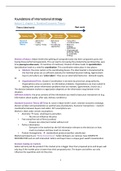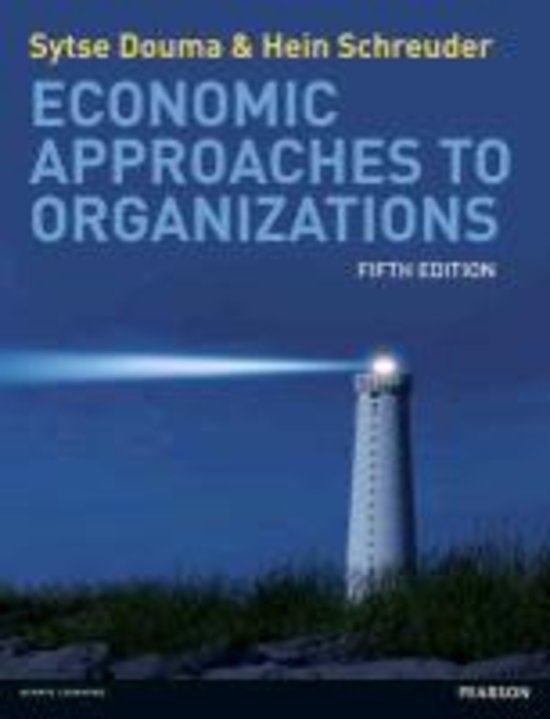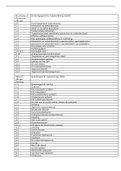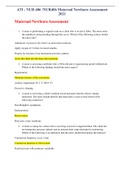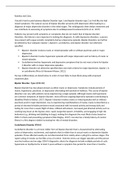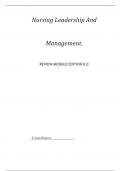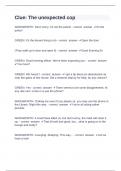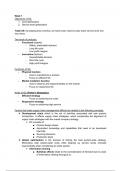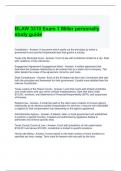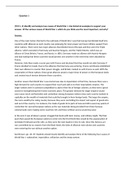Samenvatting
Summary Lectures Foundations of International Strategy
- Instelling
- Tilburg University (UVT)
All lectures from Foundations of International Strategy of the first year from IBA (Tilburg University). I used a lot of graphs and figures to make it more clear. Furthermore, I used different colors for different lectures which gives it a nice overview. By learning from my summary I received an 8....
[Meer zien]
